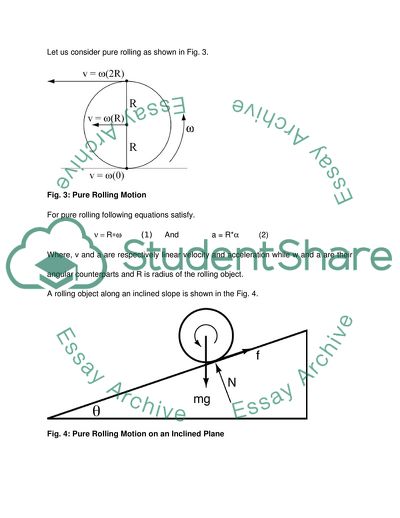Cite this document
(Rolling Cylinders Lab Report Example | Topics and Well Written Essays - 4000 words, n.d.)
Rolling Cylinders Lab Report Example | Topics and Well Written Essays - 4000 words. https://studentshare.org/engineering-and-construction/1745949-mechanical-engineering
Rolling Cylinders Lab Report Example | Topics and Well Written Essays - 4000 words. https://studentshare.org/engineering-and-construction/1745949-mechanical-engineering
(Rolling Cylinders Lab Report Example | Topics and Well Written Essays - 4000 Words)
Rolling Cylinders Lab Report Example | Topics and Well Written Essays - 4000 Words. https://studentshare.org/engineering-and-construction/1745949-mechanical-engineering.
Rolling Cylinders Lab Report Example | Topics and Well Written Essays - 4000 Words. https://studentshare.org/engineering-and-construction/1745949-mechanical-engineering.
“Rolling Cylinders Lab Report Example | Topics and Well Written Essays - 4000 Words”. https://studentshare.org/engineering-and-construction/1745949-mechanical-engineering.


